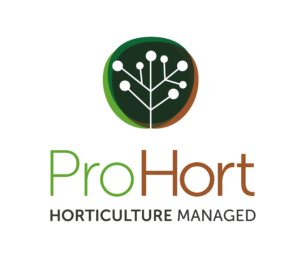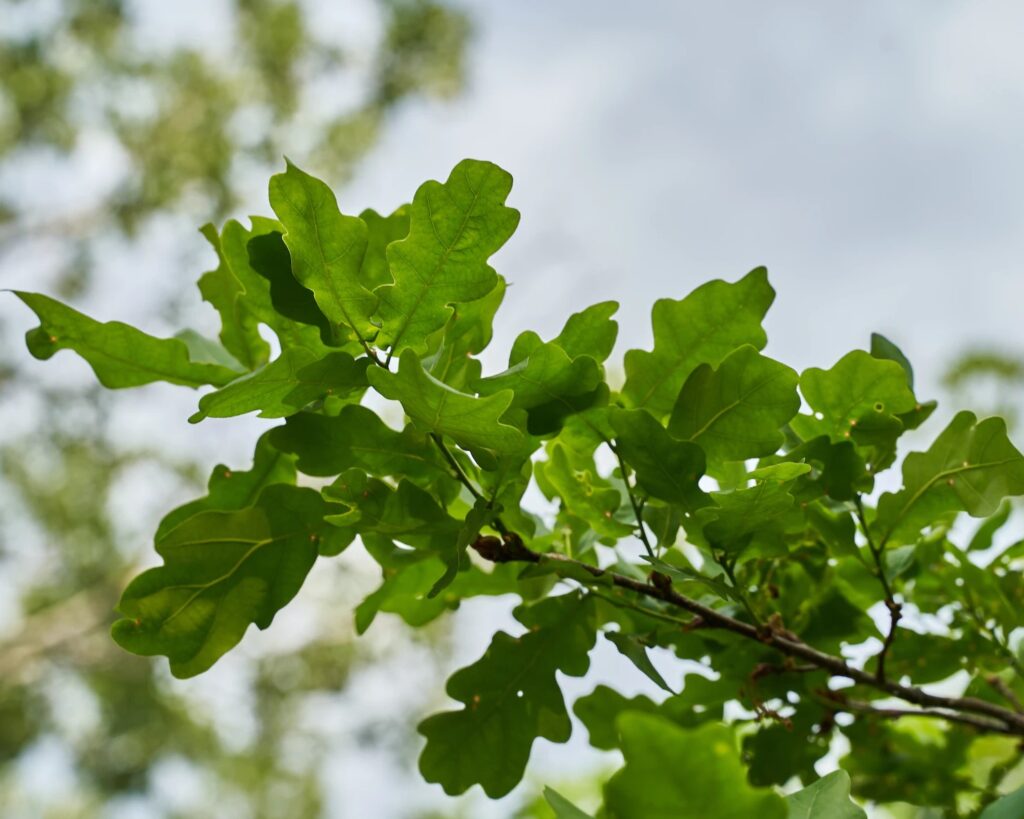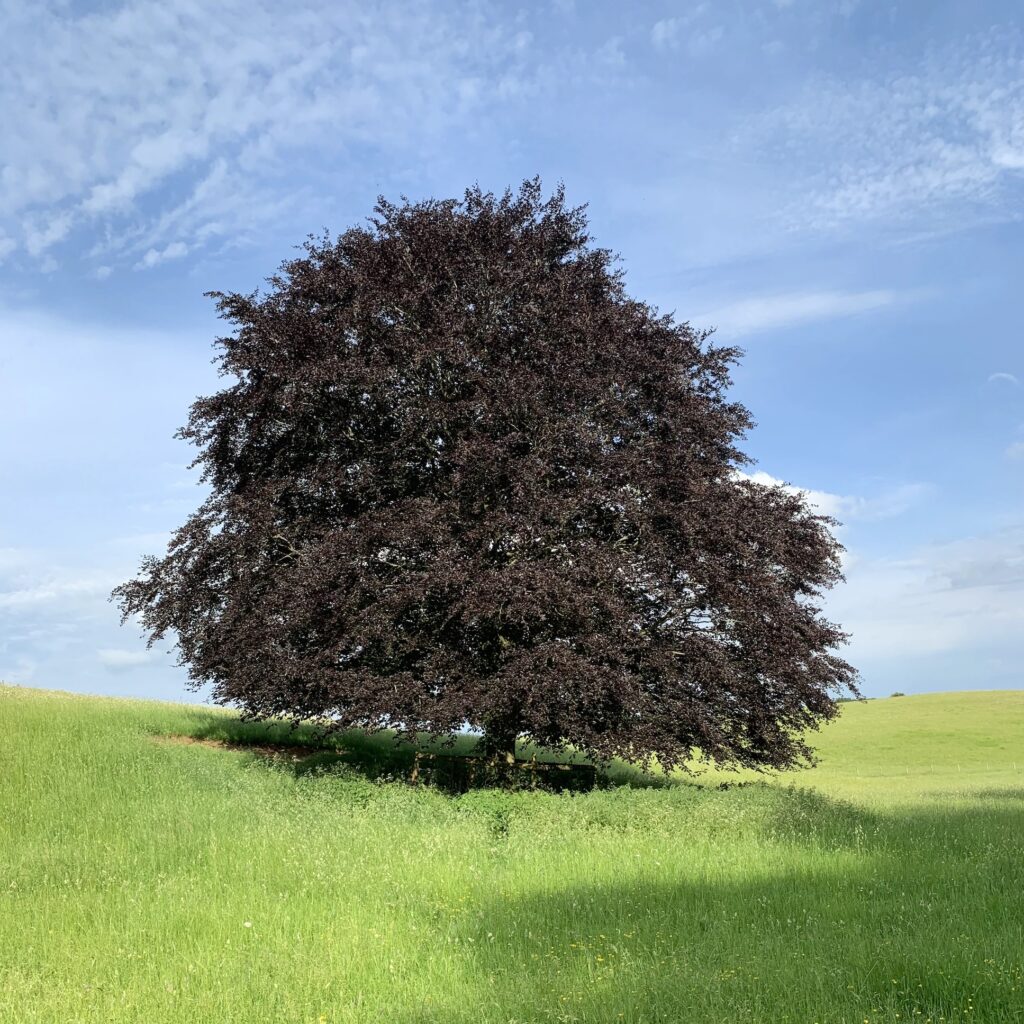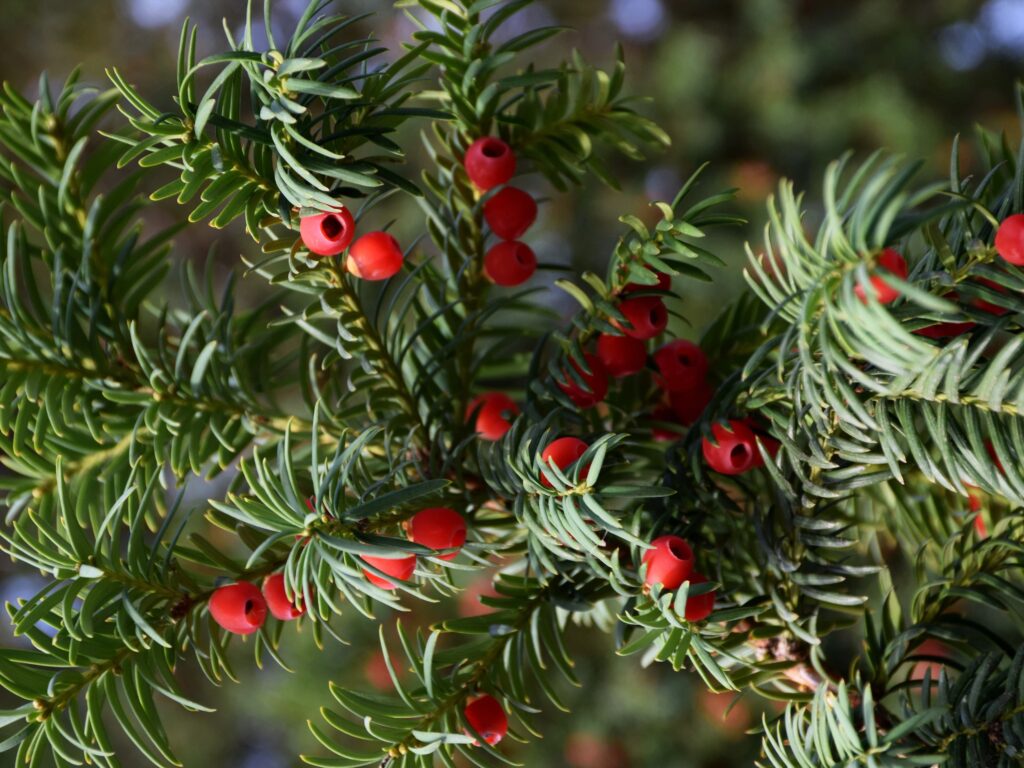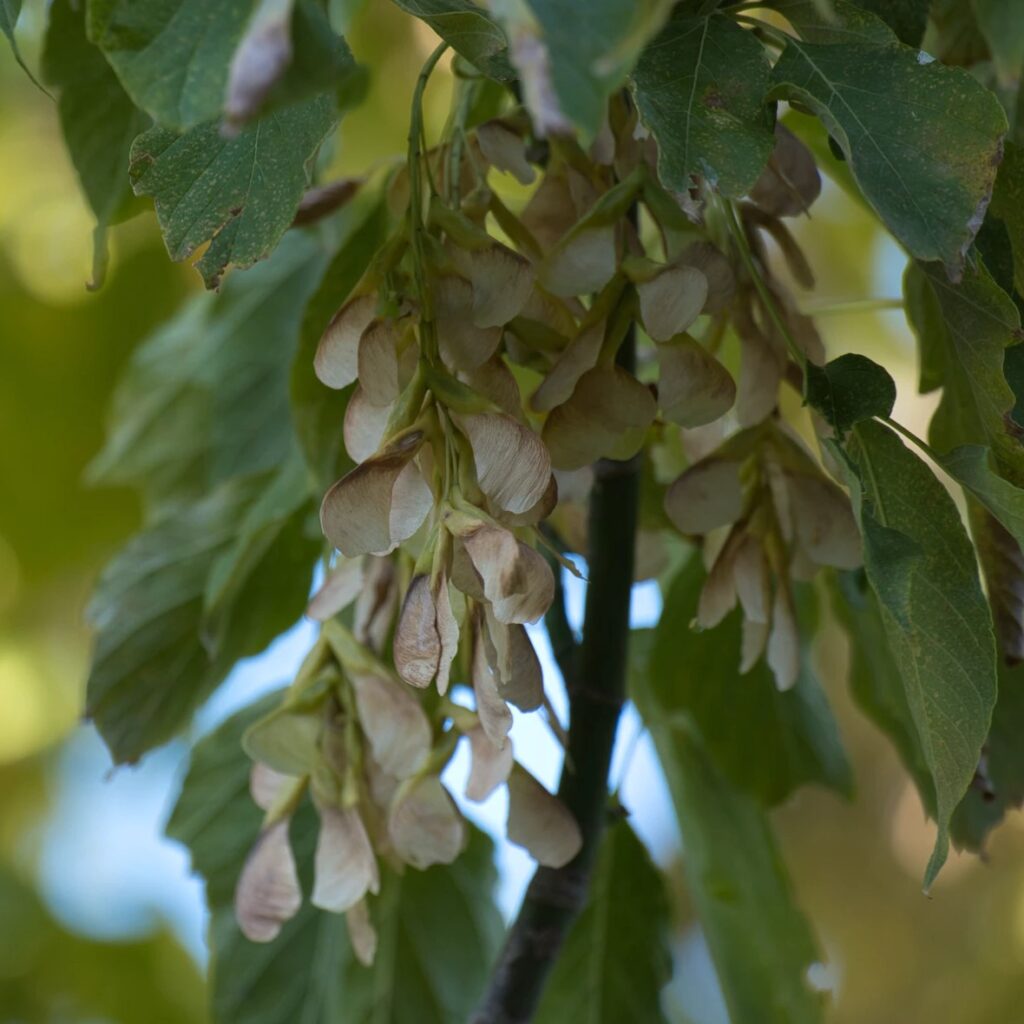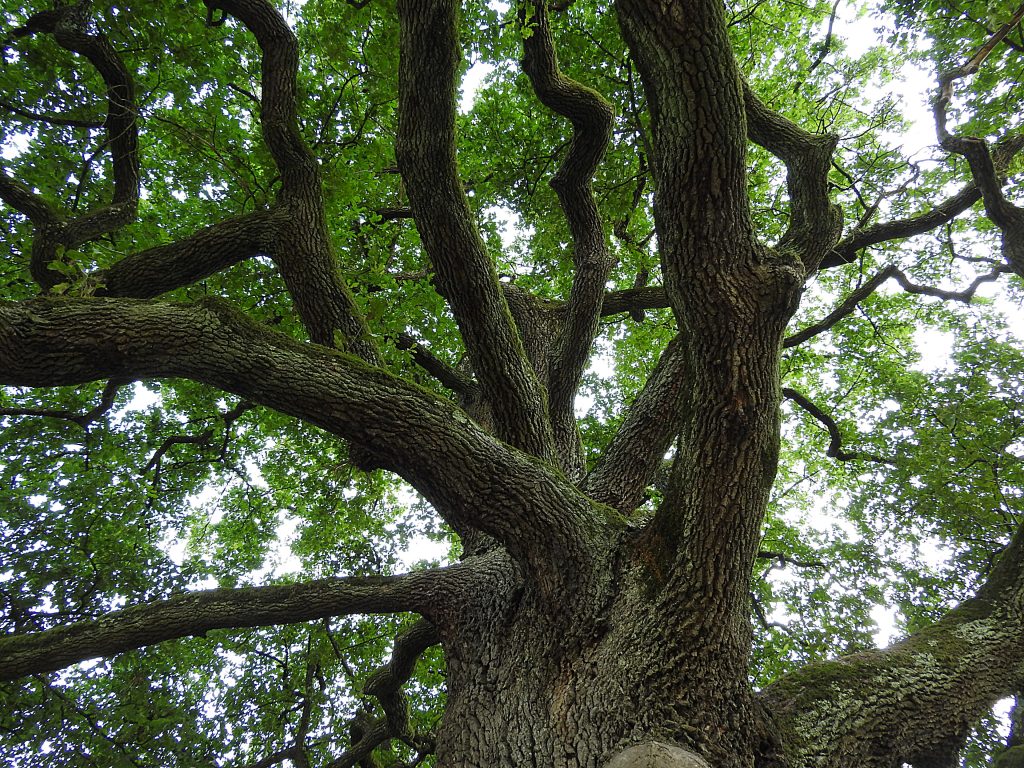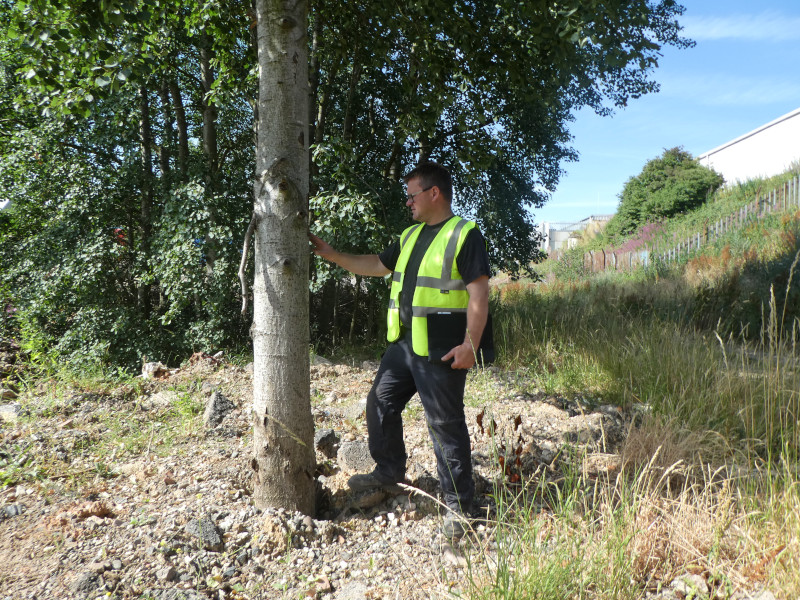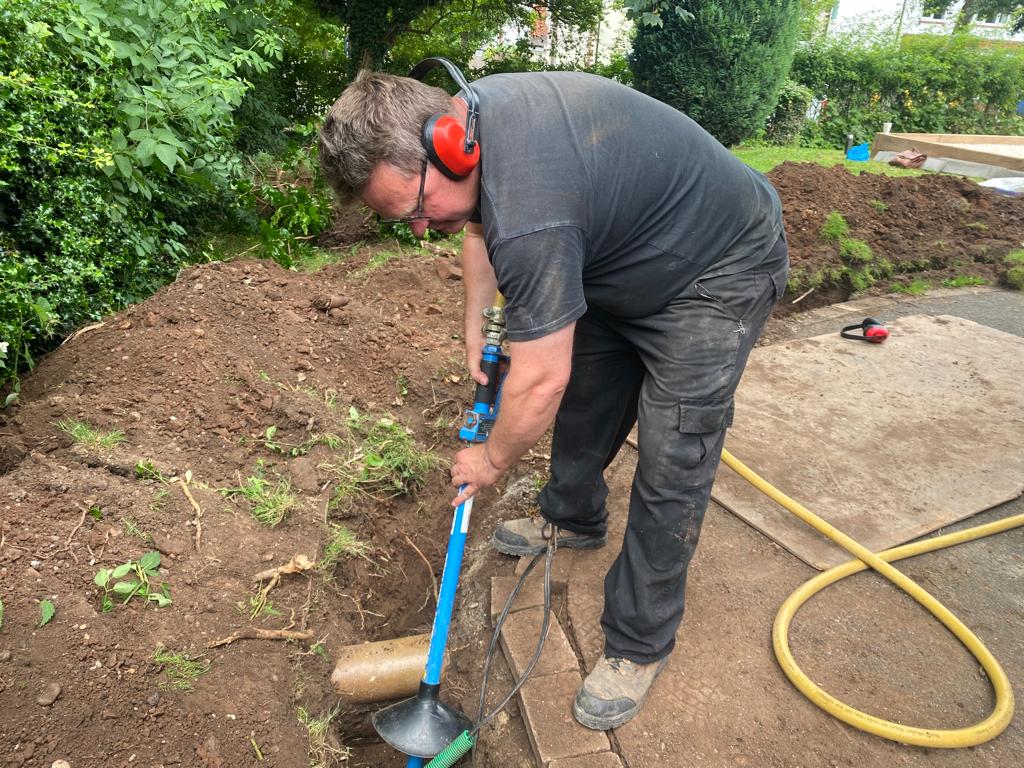What do we Look for When Surveying Trees?
Surveying Trees
Case Study:
This tree survey was carried out in Stoke-On-Trent. We surveyed a number of trees on this property, one in particular was a lime tree. It was approximately 60-70 years old and was really nice, good healthy tree, aside from a little bit of dead, however that is quite common in limes. One of the types of things that people ask us is what do you look at when you’re surveying a tree?
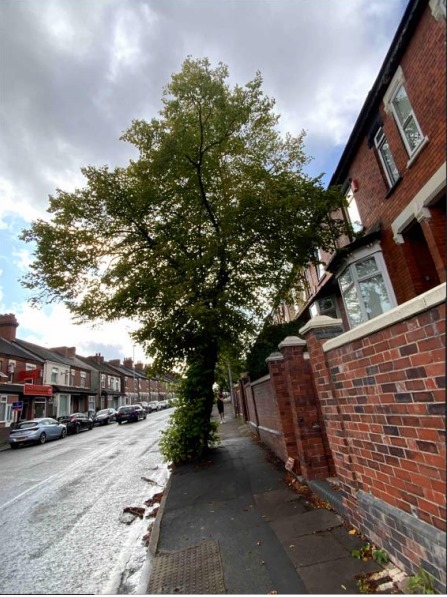
Firstly, we survey to British standards, therefore all of our reports are covered by our £5,000,000 professional indemnity insurance. The report itself covers things like the diameter of the trunk, age of the tree, the spread of the canopy etc… However, we also look at other things such the root system. In this case the roots could easily extend towards the house, as part of the survey we plot, what we expect to be the root zone of the tree to be. This gives the client valuable information, enabling them to see if the tree is likely to have any effect on the foundations and the structure of their property.
If you need a tree survey not only to identify the tree, but from a health and safety point of view or to see if it’s going to have any effect on your house. Then please do get in touch.
Surveying Trees
Other Articles You Might Like:
